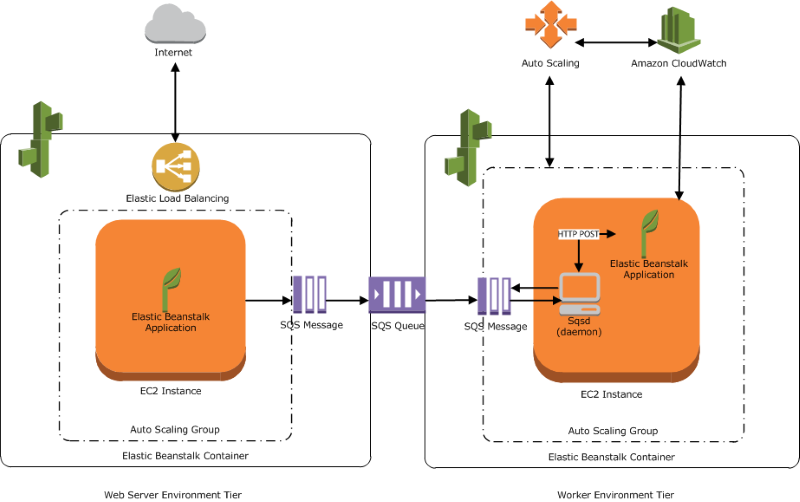Shell scripting is a powerful method to automate tasks in Linux, enabling users to execute commands in a sequence, manage system operations, and process data efficiently. This article, covers the essentials of shell scripting and some basic commands for you to get familiarized with this.
What is a Linux Shell?
A Linux shell is a command-line interface that interacts with the system, processing user commands and executing programs. Different types of shells, each with unique features, include:
- sh: The original Bourne shell.
- ksh: The Korn shell, available in several variants.
- bash: The GNU Bourne-again shell, mostly Bourne-compatible, POSIX-compatible, and the default on most Linux systems.
- csh: The C shell, resembling the C programming language.
- tcsh: An enhanced version of csh.
Basics of Shell Scripting
1. Script Structure
A shell script is a file containing a series of commands to be executed by the shell. The script is interpreted line-by-line when executed. While not as efficient as compiled programs, shell scripts are quick to write and ideal for automating simple tasks.
2. When Not to Use Shell Scripting
Avoid shell scripting for:
- Resource-intensive tasks requiring speed.
- Heavy-duty math operations.
- Complex applications needing structured programming.
- Extensive file operations.
- Tasks needing multi-dimensional arrays, data structures, or specific libraries.
Getting Started with Shell Scripting
1. Hello World Example
Create a simple script to print “Hello World!”:
#!/bin/bash
# A script example
echo "Hello World!"2. Variables
- Variable Naming: Start with a letter or underscore, followed by letters, numbers, or underscores.
- Types of Variables:
- Global Variables: Available to all sub-shells, often uppercase (e.g., PATH, LD_LIBRARY_PATH).
- Local Variables: Available only within the current shell.
Example of setting and using a variable:
#!/bin/bash
MY_VAR="Hello"
echo $MY_VARAdvanced Shell Scripting Concepts
1. Control Structures
- If-Else Statement:
if [ condition ]; then
# commands
elif [ another_condition ]; then
# commands
else
# commands
fi
- Loops:
- For Loop:
for i in {1..5}; do
echo "Iteration $i"
done
- While Loop:
counter=5
while [ $counter -gt 0 ]; do
echo $counter
((counter--))
done
2. Functions
Functions encapsulate reusable code blocks:
my_function() {
echo "This is a function"
}
my_function
3. Arrays
Bash supports one-dimensional arrays:
my_array=("one" "two" "three")
echo ${my_array[0]} # Outputs: one
Text Processing with Advanced Commands
- grep: Searches for patterns in files.
bash
grep "pattern" file.txt
- sed: Stream editor for parsing and transforming text.
sed 's/old/new/g' file.txt
- awk: A programming language for text processing.
awk '{print $1}' file.txt
Conclusion
Shell scripting is an essential skill for Linux users, enabling automation and efficient system management. From simple tasks to complex operations, mastering shell scripting can significantly enhance productivity. If you want a detailed article on this, then feel free to comment here and I will try to make one. Thank you!



